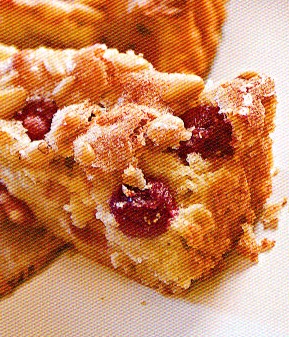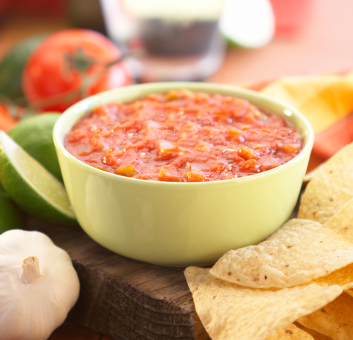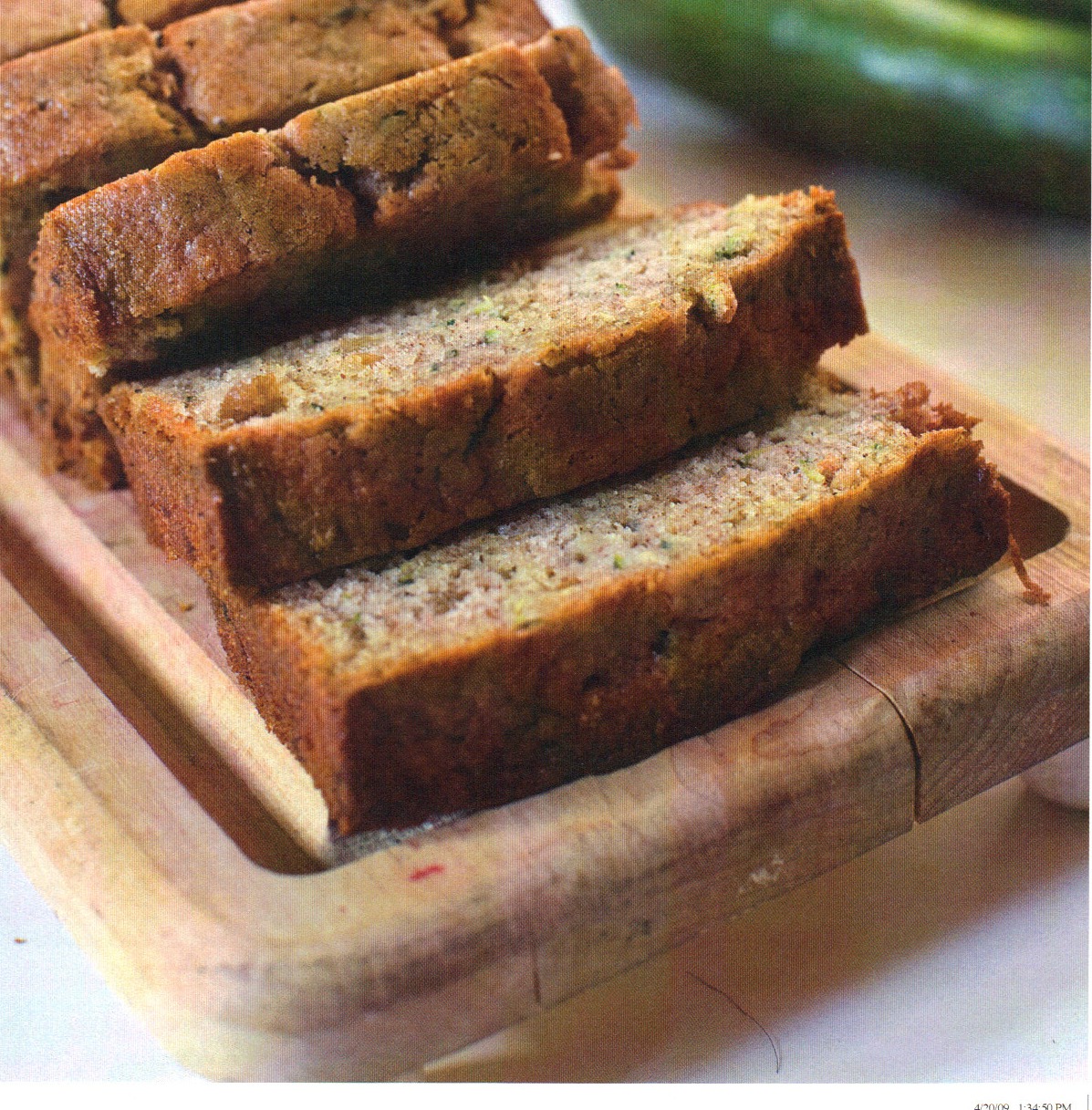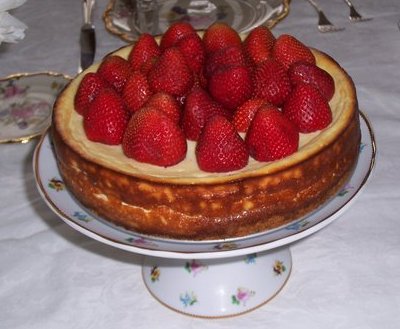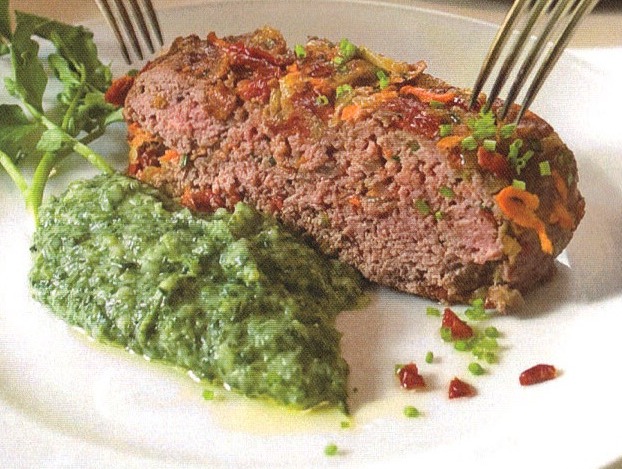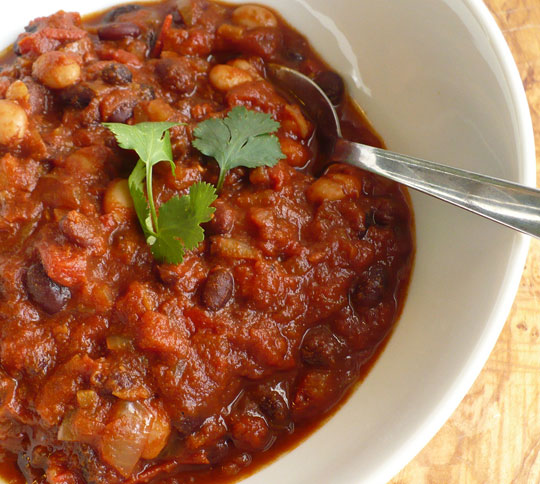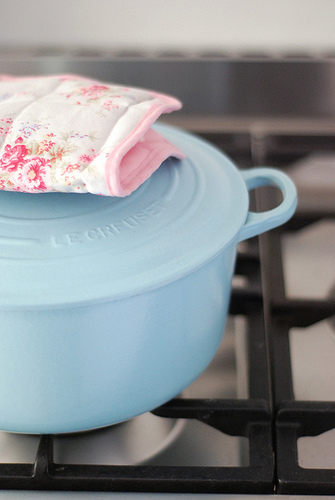 It's cold outside. And even if it's not, bread is totally awesome to make, and a lovely stay-in-the-house weekend activity. For more than two decades, I have left the bread baking skills to my husband who created his own sour-starter and kept it going for more than 15 years. "Longer than most marriages," my friend Arthur would say of a box of pasta. After those 15 years, my husband started winging his formula with a different, but no-less-delicious, result every time. With the skill of a surgeon, he cuts into the first crusty piece; with the consideration of a wine maven, he deems it "good." But today, my daughter and I will make a much simpler bread that takes much less time to prepare and is pretty much fool-proof. It can't compare to my husband's artisanal weekly triumphs or the professional holiness of Jim Lahey's now-famous technique, but to a 14-year old, it is guaranteed pleasure. It is also rather healthy. Put aside approximately three and a half hours: This includes the time for two risings, baking, and cooling. Granulated yeast can be found in any supermarket, right next to the flour. "Kneading" the dough means that you press it down hard, fold it over itself, then press again. You do it at least twenty-five times per rising. Lightly flour your hands, not the counter, as you go along. In this recipe, the surprise addition of cocoa powder adds a hint of flavor and turns the bread a lovely color. When it's all done, Shayna and I play a game. What are we going to spread on it today? Honey-walnut cream cheese? Homemade carrot marmalade (as in the photo) or... is it time to make butter, again!? After all, said M.F.K. Fisher -- the high priestess of food writers, "The smell of good bread baking, like the sound of lightly flowing water, is indescribable in its evocation of innocence and delight." Exactly.
A Loaf of Whole-Wheat Bread
Makes 1 loaf (about 14 slices)
It's cold outside. And even if it's not, bread is totally awesome to make, and a lovely stay-in-the-house weekend activity. For more than two decades, I have left the bread baking skills to my husband who created his own sour-starter and kept it going for more than 15 years. "Longer than most marriages," my friend Arthur would say of a box of pasta. After those 15 years, my husband started winging his formula with a different, but no-less-delicious, result every time. With the skill of a surgeon, he cuts into the first crusty piece; with the consideration of a wine maven, he deems it "good." But today, my daughter and I will make a much simpler bread that takes much less time to prepare and is pretty much fool-proof. It can't compare to my husband's artisanal weekly triumphs or the professional holiness of Jim Lahey's now-famous technique, but to a 14-year old, it is guaranteed pleasure. It is also rather healthy. Put aside approximately three and a half hours: This includes the time for two risings, baking, and cooling. Granulated yeast can be found in any supermarket, right next to the flour. "Kneading" the dough means that you press it down hard, fold it over itself, then press again. You do it at least twenty-five times per rising. Lightly flour your hands, not the counter, as you go along. In this recipe, the surprise addition of cocoa powder adds a hint of flavor and turns the bread a lovely color. When it's all done, Shayna and I play a game. What are we going to spread on it today? Honey-walnut cream cheese? Homemade carrot marmalade (as in the photo) or... is it time to make butter, again!? After all, said M.F.K. Fisher -- the high priestess of food writers, "The smell of good bread baking, like the sound of lightly flowing water, is indescribable in its evocation of innocence and delight." Exactly.
A Loaf of Whole-Wheat Bread
Makes 1 loaf (about 14 slices)
1 package granulated yeast 1 tablespoon sugar 1-1/2 cups whole-wheat flour 1/2 cup all-purpose unbleached white flour, plus more for your hands 1 tablespoon unsweetened cocoa powder 1/2 cup milk, at room temperature 2 teaspoons olive oil, for greasing the pan
Put 1/2 cup warm tap water in a small bowl. Stir in the yeast and sugar until dissolved. Let sit 10 minutes until it bubbles and doubles its volume. Put both flours, cocoa, and 1/2 teaspoon salt in a large bowl that can be used with electric beaters. Mix briefly. Add the dissolved yeast and mix until crumbly. Add the milk and beat until the dough forms a ball that pulls away from the sides of the bowl. The dough will be a bit sticky. Roll onto a clean counter and knead 25 times (flouring your hands as needed.) Roll into a smooth ball and put into a large clean bowl. Pull plastic wrap tightly over the top. You can do your homework or watch it rise! Let rise 1-1/2 hours or until the dough has doubled in volume and is a little spongy. Punch the dough down again and knead on the counter 24 times. Lightly oil a 8-1/2-x-4-1/2 inch loaf pan (or any 6-cup pan) and put the dough into the pan, making sure to press it down into the corners. Cover with a kitchen towel and let it rise 1 hour, until the dough has risen by half. During the second rising, heat the oven to 400 degrees. Bake for 35 minutes until firm to the touch. Let cool 10 minutes, then turn it out of the pan. Cool before slicing. Honey-Walnut Cream Cheese 1/2 cup coarsely chopped toasted walnuts 8 ounces cream cheese 3 tablespoons wildflower honey
Place cream cheese and honey in bowl of electric mixer. Using the paddle, beat just until smooth. Add nuts and mix. Cover and chill. Makes 1-1/4 cups
